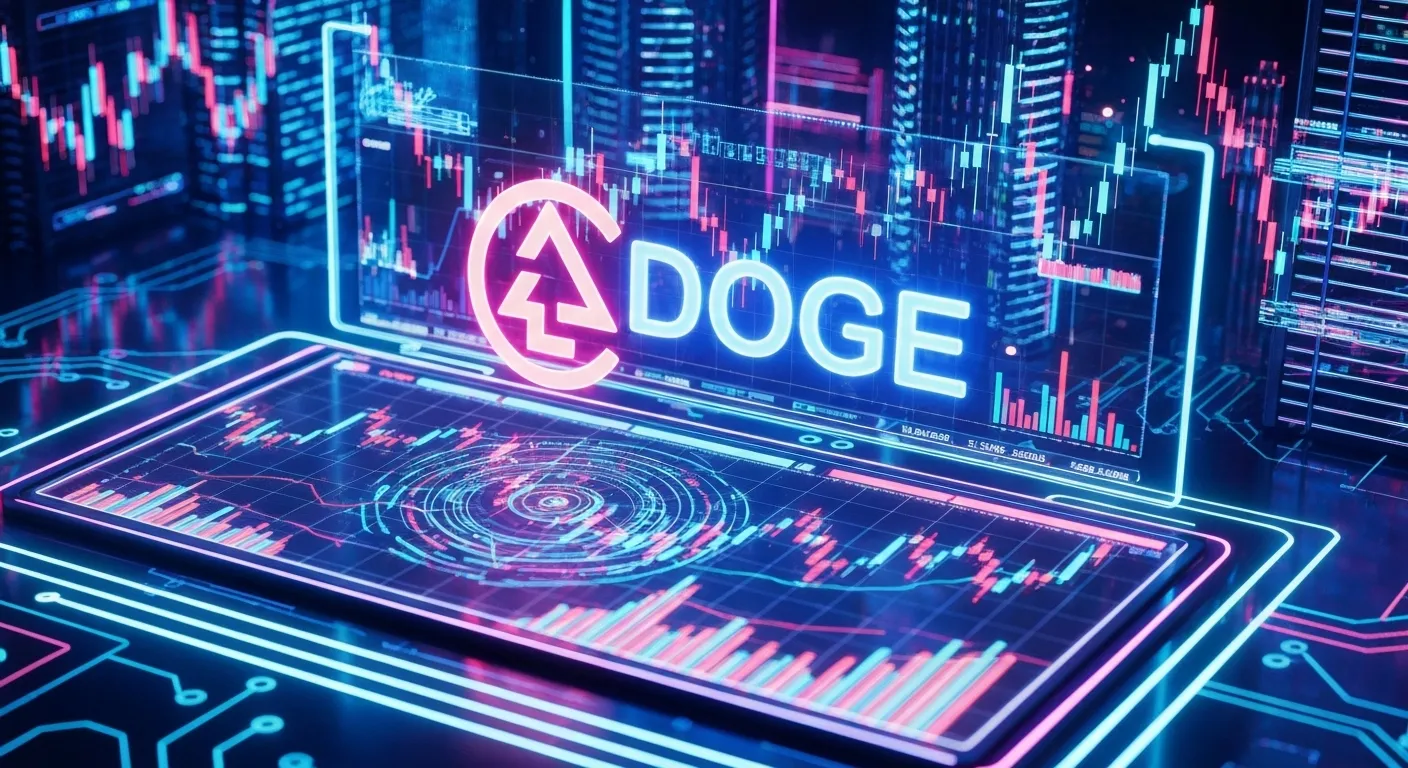Dogecoin (DOGE), the iconic, meme-driven cryptocurrency that famously originated as a humorous critique of the crypto space, has successfully cemented its status as one of the most intriguing and structurally complex assets globally. As of September 3, 2025, the asset’s valuation and visibility remain profoundly influenced by its unique blend of community fervor and external endorsements. This deep analysis aims to answer the fundamental question: can the power of social momentum and meme culture sustain the long-term, structural growth required for Dogecoin to remain a relevant financial asset, or is it perpetually bound by the inherent volatility of hype cycles?
The Community Engine: Sustaining the DOGE Narrative
Dogecoin’s greatest strategic asset is its uniquely passionate, globally dispersed community, often mobilized by influential voices. This community acts as a self-sustaining engine, constantly refreshing the DOGE narrative through viral campaigns, creative content, and collective advocacy. This social momentum is not merely symbolic; it translates directly into market action, creating demand and price floors through coordinated buying efforts. The occasional, high-impact endorsements from figures like Elon Musk serve as external catalysts that amplify this pre-existing community energy, propelling the asset into mainstream financial dialogue. For long-term growth, this community must continue its maturation, shifting its focus from pure speculative enthusiasm toward supporting practical utility and core development. The community’s ongoing financial support for Dogecoin Core developers through decentralized funding initiatives underscores this transition toward sustainability.
Technical Infrastructure and Economic Model Challenges
Technically, Dogecoin’s blockchain architecture, derived from Litecoin, is optimized for fast transaction finality and low fees qualities essential for its ambition to become a global micro-payment currency. This efficiency is structurally superior to high-cost, congested Layer-1 networks. Crucially, its security is guaranteed by 'Merge Mining' with Litecoin, ensuring a high, resilient hashrate that protects against 51% attacks a non-negotiable security advantage. However, the primary structural challenge remains the inflationary economic model: Dogecoin has an uncapped supply, with a fixed number of new tokens (approximately 5 billion annually) entering circulation perpetually. This continuous emission exerts a structural drag on the token’s long-term value appreciation, contrasting sharply with the scarcity models of Bitcoin and Ethereum. Sustained long-term growth requires the utility-driven demand (for payments and tipping) to consistently exceed this fixed inflationary pressure.
Utility Adoption: Moving Beyond Tipping
While Dogecoin's low fees make it ideal for social media tipping, its long-term viability hinges on broader commercial adoption. In 2025, integration with major payment processors and large retail brands is increasing, offering tangible use cases beyond simple speculation. Projects like GigaWallet, designed to simplify DOGE acceptance for merchants, are critical to accelerating this trend. Every new merchant that accepts DOGE fundamentally strengthens its utility case, gradually mitigating the asset's dependence on singular social hype cycles. The ambition for DOGE is not to be a high-security settlement layer (like Bitcoin) but a ubiquitous, fun, and fast medium of exchange for the internet.
Market Dynamics and Whale Behavior
Dogecoin's market performance is highly leveraged to external sentiment. It acts as a high-beta asset, amplifying the directional moves of the broader crypto market, particularly those of Bitcoin. Strategic monitoring of whale activity is therefore crucial. On-chain data often reveals periods of aggressive accumulation near key structural supports, signaling that large, sophisticated investors view these dips as strategic buying opportunities, betting on the strength of the community and the potential for regulatory validation (e.g., the potential for a DOGE ETF). These large-scale accumulation events, often leading to a reduction of DOGE supply on centralized exchanges, reinforce a bullish supply-side narrative.
Risk Management and Regulatory Uncertainty
Dogecoin is characterized by high volatility and a degree of centralized influence (from figures like Elon Musk). This mandates a disciplined, conservative approach to risk management. The potential for sudden, drastic price swings based on a single tweet or unconfirmed news requires investors to utilize firm, non-negotiable stop-loss orders, particularly below key technical supports (e.g., $0.20). Regulatory uncertainty remains an external risk; while the decentralized genesis of DOGE offers some protection, the high-profile nature and volatility of the asset make it a target for increased scrutiny. Favorable regulatory clarity for payment tokens would serve as a major catalyst for long-term institutional acceptance.
Strategic Investment Guidance
For investors, DOGE represents a high-risk, high-reward proposition. The current price consolidation should be viewed as a strategic accumulation zone, provided the entry is balanced by strict risk protocols. A smart strategy involves Dollar-Cost Averaging (DCA) into DOGE, limiting overall portfolio exposure, and prioritizing the long-term conviction that the community's energy and the growing payment utility will eventually overpower the structural inflationary drag. Long-term success is not guaranteed by meme culture alone; it requires the successful implementation of the development roadmap and the permanent integration of DOGE into global payment rails. The potential path to the elusive $1.00 mark is contingent upon these fundamental drivers aligning perfectly.
Final Conclusion
Dogecoin stands at a pivotal crossroad, attempting to formalize the bridge between meme culture and financial utility. The power of its community is immense, creating an unparalleled marketing and demand engine. However, the structural challenges of inflation and technological simplicity against advanced competitors remain significant. The outlook is cautiously optimistic, based on sustained community engagement and the potential for institutional validation via an ETF. Success in this thrilling market is reserved for those who combine an appreciation for the asset's unique social dynamics with rigorous, data-driven risk management.

